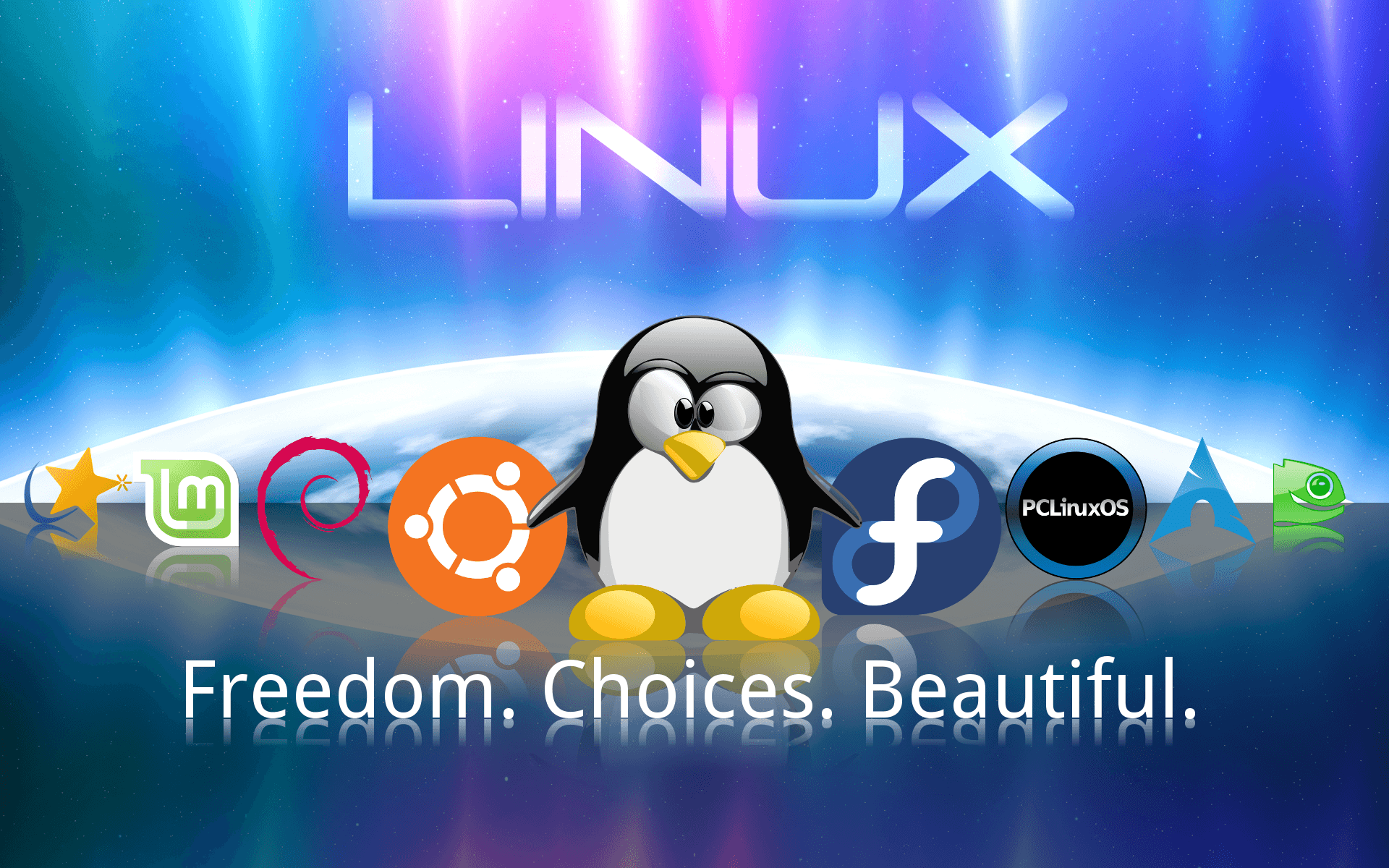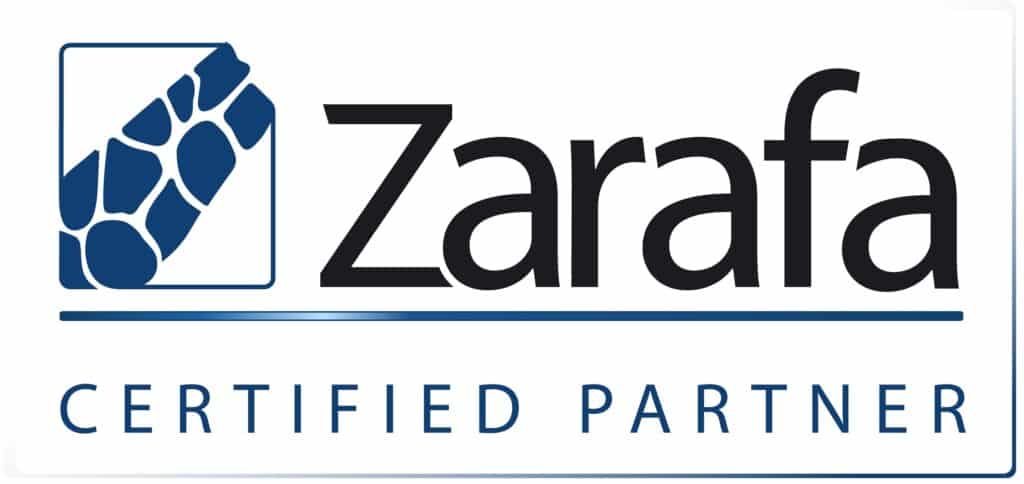Sustained Growth of Linux and Embracing a Microsoft Exchange Alternative Provider

Linux has been a mainstay of the web server ecosystem during most of the internet’s transition into a true global network. As an affordable server platform, it allowed many developers to establish a presence and reputation on the web and through the open source LAMP stack and allowed many to prop up websites with very […]
What are the financial benefits of a Hosted Email solution?

The average employee of a modern company sends and receives email with little thought to as how much overhead is required to maintain the system. However, those that manage the IT budget do, and over time the paradigm of on-premise, company hosted and managed email servers has started to show inefficiency. Thankfully, there are many […]
What alternative email solution is better than Microsoft Exchange?
Microsoft Exchange and its associated Outlook client have been the face of enterprise communications for many years and are pretty much synonymous with the idea of work email. That does not mean, however, that there are not open source alternatives. There is a slate of clients/email servers that replicate the functions of Microsoft’s email solutions […]

